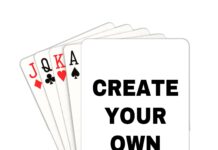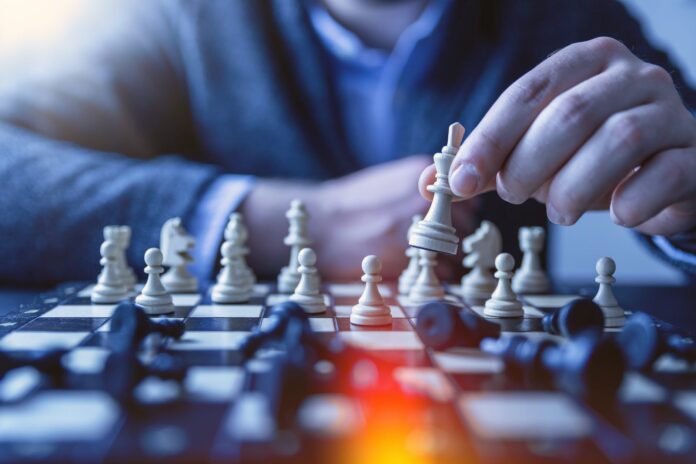
Have you ever wondered why grown-ups play games? Is it just a pastime, or is there a profound reason behind a simple board game? In reality, games are not all that simple, they have a certain role in our lives, otherwise, they wouldn’t have survived through all of human evolution.
There are board games that managed to stay with us for hundreds of years. One of those games is chess. It has outlived entire civilizations and still remains a favourite brainteaser for many. Let’s face it, we can’t look at those ornate beautiful chess pieces and not wonder how it all happened. So let’s take a small step back and see how it came about.
A brief history of chess
The early years are a bit fuzzy, but it most definitely originated in India in the 6th century and was initially called “chaturanga”. Naturally, it was different from the game we play today, but nonetheless, the main goal of the game didn’t change: two armies, fighting a battle with the equal possibility of a positive outcome. The objective of each army is to “check-mate” the king chess piece, i.e. defeat the king at any cost.
We’ll get back to the rules later, but for now, let’s return to India. So the game was gaining more and more popularity and soon it travelled to Persia and the Arabic world through the Silk Road. This is where it really began transforming and, by the way, got its new name “shah-mat”, which in Arabic means “the king is dead”. Thanks to the Arabs, the game travelled west to Europe and morphed into the game we know and love today.
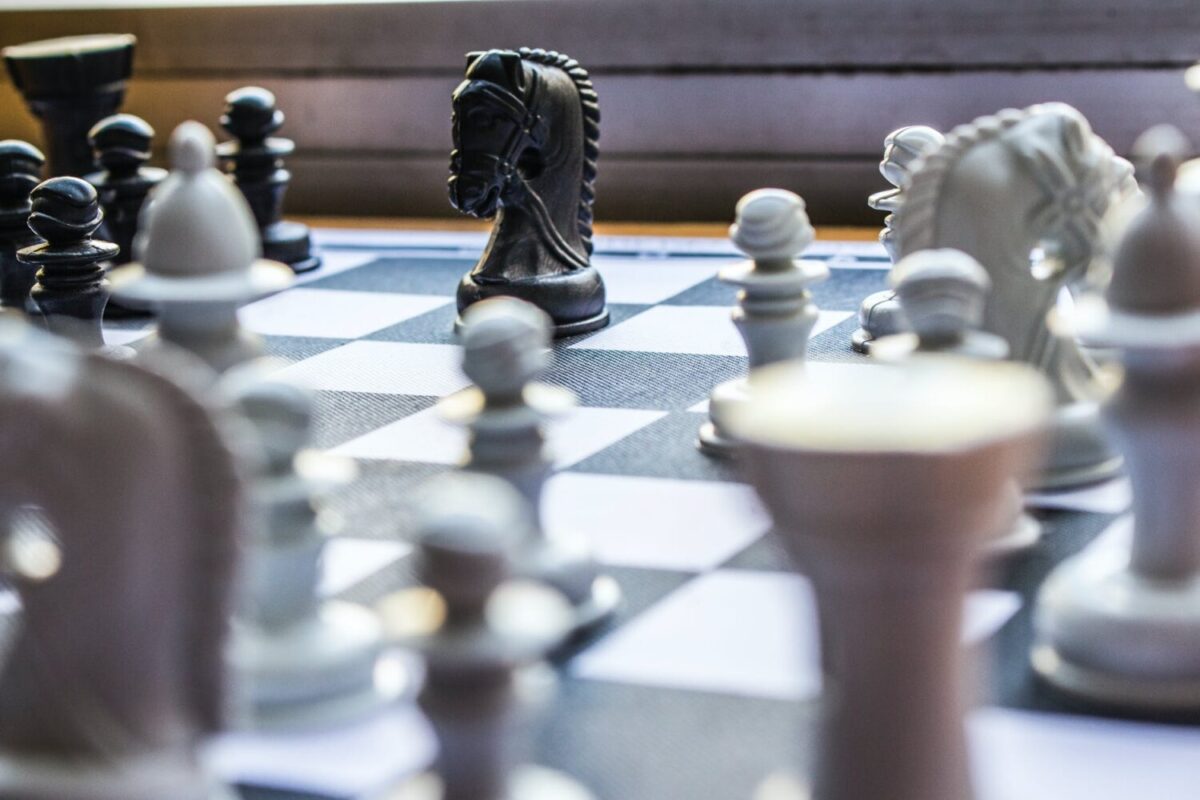
The modern version of the game with exact positions and movements of the chess pieces was finalized in the 15th century. However, the need for further standardization came with the tournaments of the 19th century. Naturally, you can’t have people competing with different sets of rules. This is about the time Staunton pieces came along.
While the popularity of chess was growing worldwide, the sets were often custom made and they depicted all the pieces in a unique way, depending on the imagination and the craftsmanship of the carver himself. So it came to the point, where people had difficulty playing with another person’s set, as the pieces were hard to recognize and distinguish.
So there was a rising demand for a standardized depiction of the pieces, especially at tournaments on the local and international levels. The solution was found in 1849 with the introduction of the Staunton set. It had a simplistic and comprehensive design, depicting the knight chess piece as a horse’s head, the pawn essentially as a ball on top of a leg, and the rook in the form of a castle tower, etc.
Why is chess beneficial?
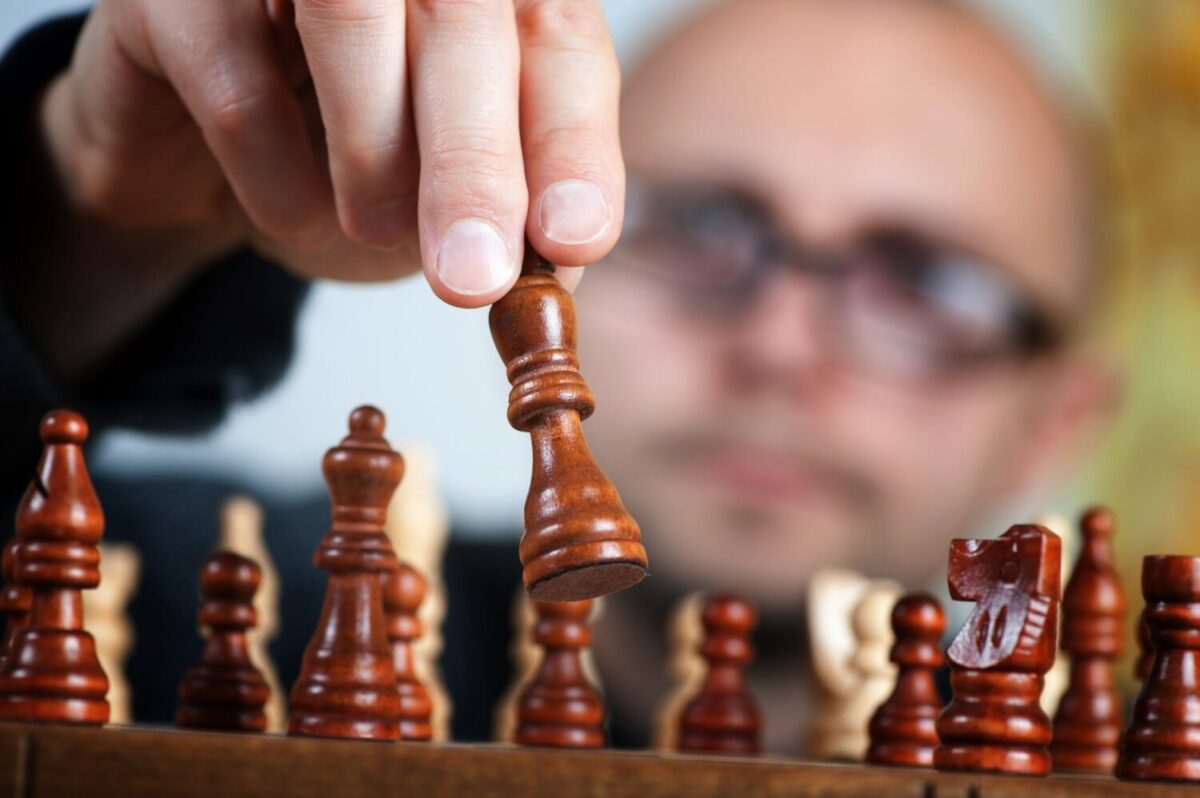
We go to the gym to exercise and train our muscles, right? Gradually they become stronger and can withstand more and more pressure. Well, the brain needs training as well, and chess is a wonderful gym for your mind. It helps you concentrate and it trains your memory.
Also, it helps you learn to develop a strategy of action and to set long-term plans for yourself. It’s such a helpful skill, especially for young people who are hoping to achieve great things in life. It’s important to have the ability to set a long-term goal and to stick with it, having a clear understanding of the strategy needed to get there.
If this seems a bit far-fetched, keep in mind that we are all creatures of habit and we ARE what we DO. If you have a habit of thinking ahead and understanding the consequences of your actions during a game, you are much more likely to use this approach in real life and be successful in whatever you wish to accomplish.
Where to look for a chess set?
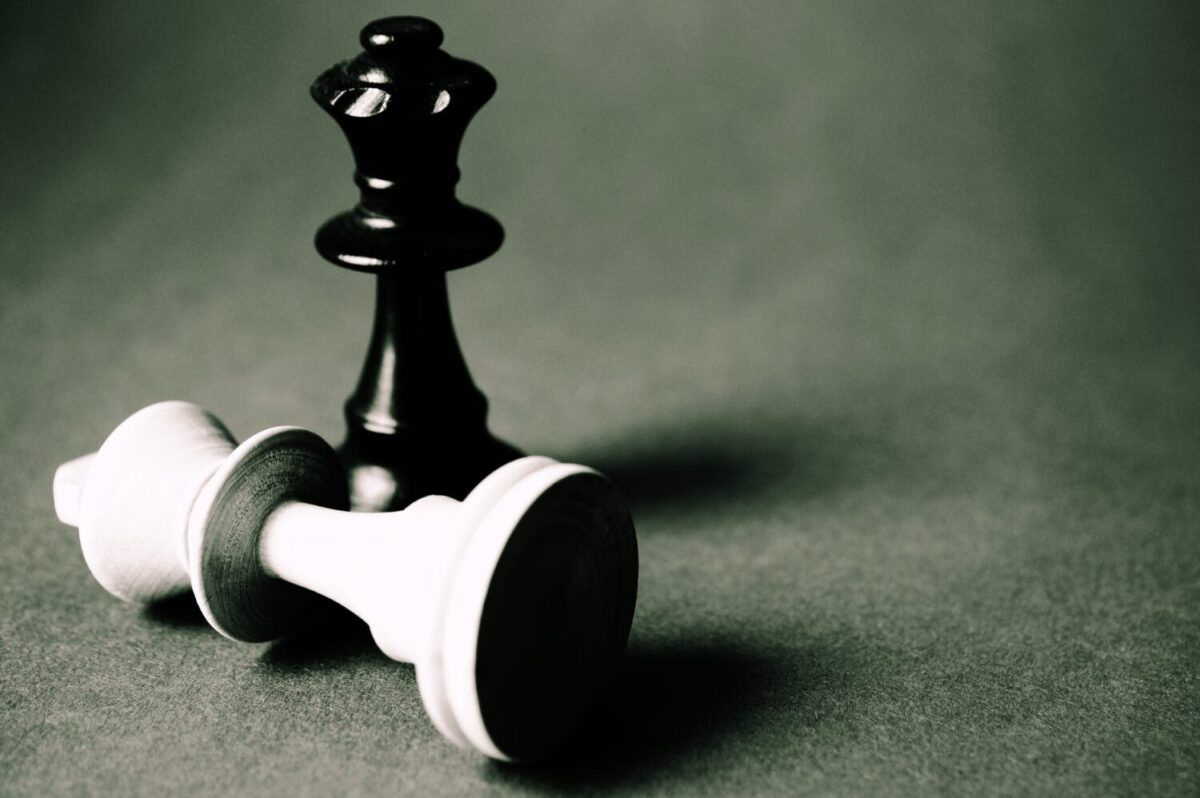
If you are interested in purchasing a set, and you are looking for the best chess shop in London you can check what shops such as Kaoori has to offer. Now, let’s go over the basics and see what products are generally available on the market.
Naturally, sets are the first thing that comes to mind. They are typically made of wood, but there are also sets made of metal, glass, stone, and plastic. They include the board, which can be rigid or folding, and the pieces. These sets can be classic, like the Staunton sets, or antique, luxury sets, featuring intricately carved pieces and expensive materials.
- Separate chess pieces and boards. If you are a true enthusiast you are not going to stop after purchasing one chess set. There are so many wonderful options out there, especially when it comes to pieces!
- Chess accessories. There are so many interesting accessories on the market. Different chess books, chess clocks, beautiful boxes and pouches for the pieces.
Regardless of whether you are shopping for yourself, or looking for a present, there is definitely enough variety on the market for every taste and pocket!
Interesting facts about chess
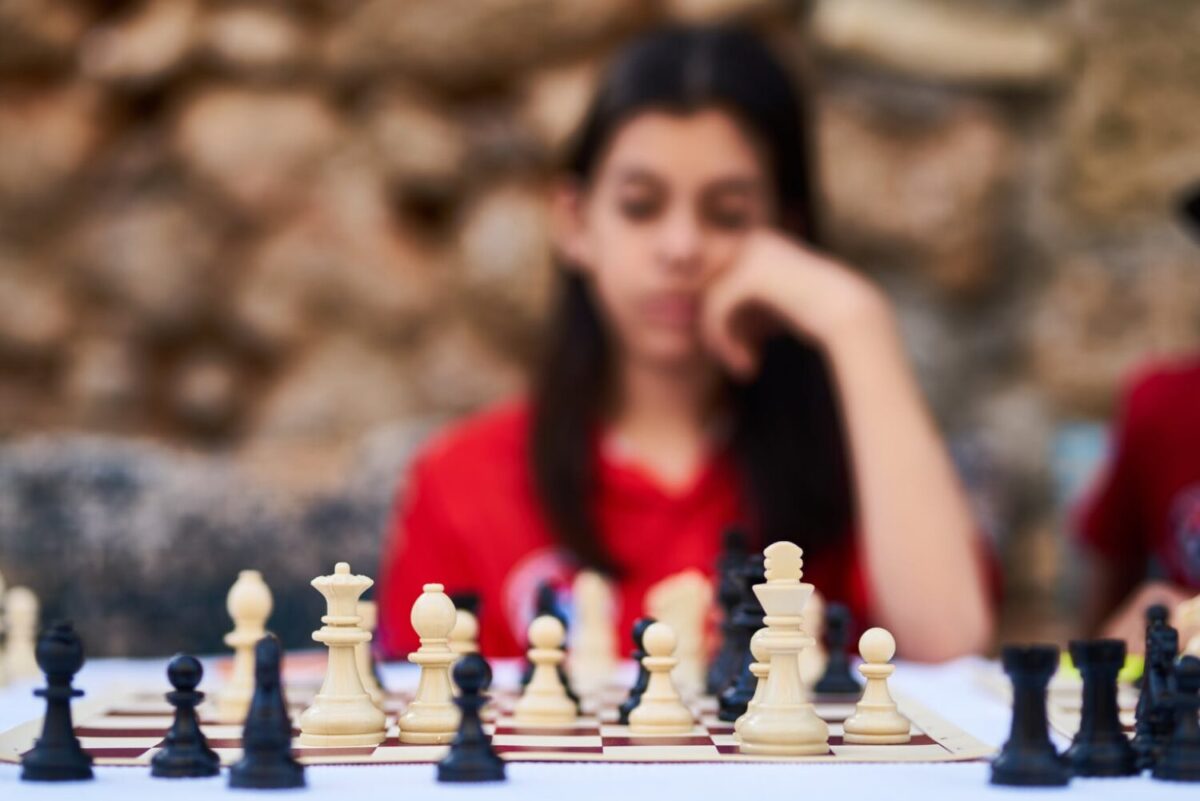
Here are some interesting pieces of chess trivia, before you go about your day.
- At one time or another throughout history, chess was banned by all the major religions. This brings us to the next fact:
- The folding board was first invented by a priest, who came up with a way to hide his board (as the game was banned) and disguised it to look like two books.
- The queen chess piece wasn’t introduced to the game until the early medieval times. Nowadays it’s the most powerful piece on the board.
- Beginners in various games of even professions are often called “rookies”. This is a chess reference, as the rook is the last piece to move into battle.
- Before the invention of the mechanical chess clock in 1883, sand clocks were used for all official tournaments.
Chess has been around for a long time and will hopefully stay a part of our lives for centuries to come. It helps us develop our minds, helps us bridge the gap between generations, and brings families closer together. So if this board game got you hooked, spread the word, find some like-minded people in your community, and get more practice. Good luck and let the match begin!



